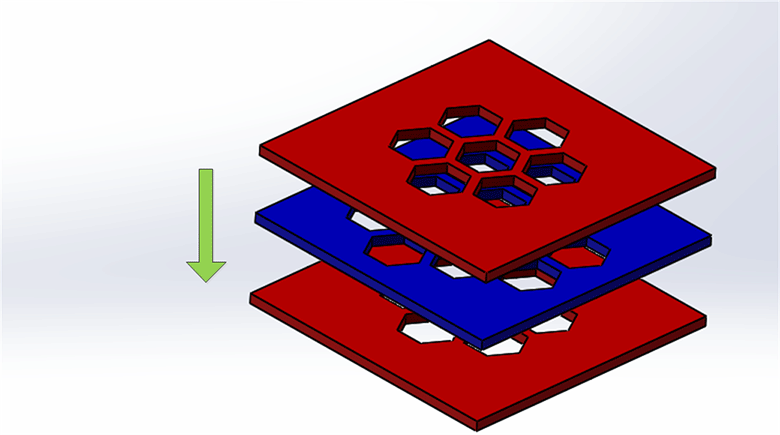


The resulting scaffolds achieved the desirable levels of pliability (elastic up to 10% strain) and proved to be capable to promote cell growth and proliferation. The findings suggest the feasibility of ME to design scaffolds with a hierarchical organization through a layer-by-layer process and control over fibre orientation. Environmental-scanning electron microscopy (SEM), confocal laser scanning microscopy (CLSM), histological examination and biochemical assays for cell proliferation (DNA) and extracellular matrix production (collagen and glycosaminoglycans) were performed. In both cases, the cell-polymer constructs were cultured under static conditions for up to 4 weeks. To assess their capability to support cell attachment, proliferation and migration, 3T3 mouse fibroblasts and later human venous myofibroblasts (HVS) were cultured, expanded and seeded on the scaffolds. The structural and mechanical properties of the scaffolds were examined using scanning electron microscopy (SEM) and tensile testing. Control over the level of fibre orientation of the different layers was achieved through the rotation speed of the collector. A bi-layered tubular scaffold composed of a stiff and oriented PLA outside fibrous layer and a pliable and randomly oriented PCL fibrous inner layer (PLA/PCL) was fabricated. Mater Today Proc 2017 4:898–907.Aiming to develop a scaffold architecture mimicking morphological and mechanically that of a blood vessel, a sequential multi-layering electrospinning (ME) was performed on a rotating mandrel-type collector. State of art on solvent casting particulate leaching method for orthopedic ScaffoldsFabrication. J Biomed Mater Res B Appl Biomater 2018 106:533–45. Influence of scaffold design on 3D printed cell constructs. Souness A, Zamboni F, Walker GM, Collins MN. Bone tissue engineering techniques, advances, and scaffolds for treatment of bone defects. J Bone Joint Surg Am 2016 98:211–9.Īlonzo M, Primo FA, Kumar SA, Mudloff JA, Dominguez E, Fregoso G, Ortiz N, Weiss WM, Joddar B. Bone-grafting in polyostotic fibrous dysplasia. Leet AI, Boyce AM, Ibrahim KA, Wientroub S, Kushner H, Collins MT. Angle-stable interlocking nailing in a canine critical-sized femoral defect model for bone regeneration studies: in pursuit of the principle of the 3R's. Saunders WB, Dejardin LM, Soltys-Niemann EV, Kaulfus CN, Eichelberger BM, Dobson LK, Weeks BR, Kerwin SC, Gregory CA. Tissue engineering (TE) is a relatively new research line within the field of regenerative medicine, which has the aim of restoring, keeping, or improving the function of a tissue or group of organs through a specific combination of cells, scaffolds, and bioactive factors, such as growth factors and cytokines 1, 2. The printed collagen-based scaffold with biocompatibility, mechanical properties and bioactivity provides a new way for bone tissue engineering via 3D bioprinting.ģD printing collagen gelation bath hydroxyapatite scaffold. BMSCs in/on the scaffold kept living and proliferating, and there was a high alkaline phosphate expression. The gelatin support bath could effectively support the HAP/collagen scaffold's dimension with designed patterns at room temperature. The results showed that the blend of HAP and collagen showed suitable rheological performance for 3D extrusion printing and enhanced the composite scaffold's strength. In the study, aiding with a gelatin support bath, a collagen-based scaffold was fabricated via 3D printing, where hydroxyapatite (HAP) and bone marrow mesenchymal stem cells (BMSCs) were added to mimic the composition of bone. Collagen is currently the most popular cell scaffold for tissue engineering however, a shortage of printability and low mechanical strength limited its application via 3D bioprinting. Reconstruction of bone defects remains a clinical challenge, and 3D bioprinting is a fabrication technology to treat it via tissue engineering.


 0 kommentar(er)
0 kommentar(er)
